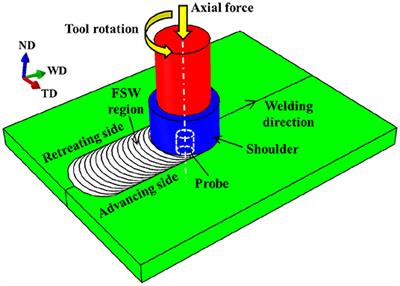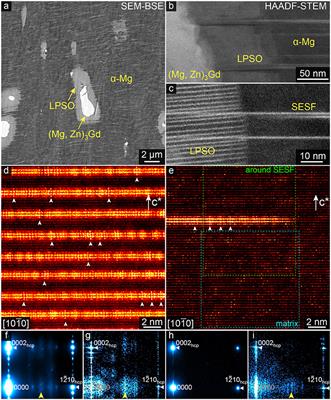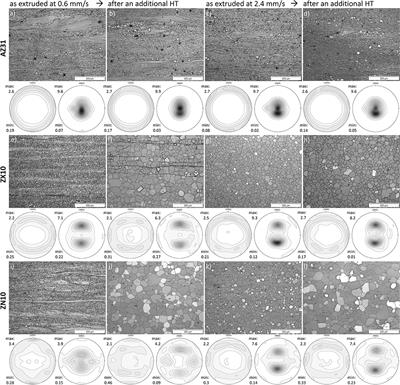EDITORIAL
Published on 08 Jul 2021
Editorial: Latest Developments in the Field of Magnesium Alloys and Their Applications
doi 10.3389/fmats.2021.726297
- 3,071 views
- 13 citations
14k
Total downloads
79k
Total views and downloads
EDITORIAL
Published on 08 Jul 2021
MINI REVIEW
Published on 23 Apr 2021

REVIEW
Published on 17 Aug 2020

ORIGINAL RESEARCH
Published on 15 Apr 2020

MINI REVIEW
Published on 09 Jan 2020

ORIGINAL RESEARCH
Published on 10 Dec 2019

ORIGINAL RESEARCH
Published on 10 Dec 2019

ORIGINAL RESEARCH
Published on 20 Nov 2019

ORIGINAL RESEARCH
Published on 05 Nov 2019

ORIGINAL RESEARCH
Published on 30 Oct 2019

ORIGINAL RESEARCH
Published on 23 Oct 2019

ORIGINAL RESEARCH
Published on 10 Oct 2019
